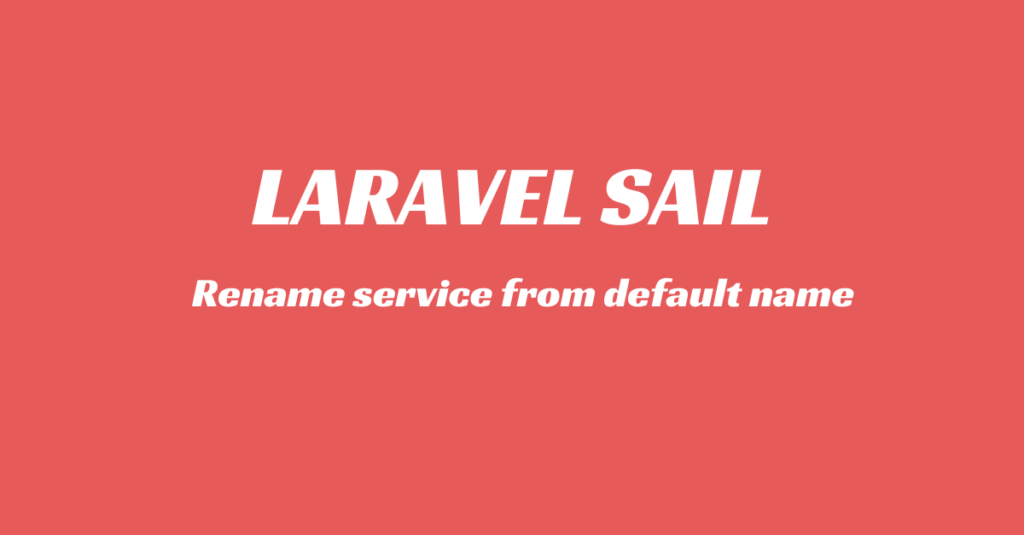ACID Properties Explained: Why Laravel Developers Must Care About Database Integrity
When building modern Laravel applications, reliable data handling is non-negotiable. A small failure in one part of your database operation can cause inconsistencies, lost records, or worse — corrupted data. That’s where ACID properties step in. They ensure your data stays accurate, even when your code or server doesn’t.
This article dives into how to implement ACID properties in Laravel using both automatic and manual database transactions. You’ll learn the principles behind ACID, explore Laravel’s powerful DB::transaction() method, and see real-world examples to help you write safer backend code.
If you’re working with MySQL or PostgreSQL, mastering Laravel database transactions will level up your backend reliability — and your peace of mind.
What Are ACID Properties in Databases?
Atomicity
Atomicity means that all the operations within a transaction either complete fully or don’t happen at all. If any part of the transaction fails, the entire operation is rolled back.
Consistency
Consistency ensures that your database moves from one valid state to another. After a transaction, all constraints (foreign keys, data types, etc.) remain satisfied.
Isolation
Isolation protects concurrent transactions from interfering with each other. Laravel depends on the underlying database to manage isolation levels (like Read Committed, Repeatable Read, etc.).
Durability
Once a transaction is committed, it’s permanently stored—even if the system crashes immediately after. Your data is safe.
Using Laravel to Enforce ACID Properties
Laravel provides a clean, closure-based approach to handling transactions with the DB::transaction() helper. If something goes wrong inside the closure, Laravel rolls everything back automatically.
use Illuminate\Support\Facades\DB;
DB::transaction(function () use ($orderService, $user, $cart) {
$orderService->create($user, $cart);
$cart->clear();
});
This method is ideal for most use cases where you want clean, simple error handling and automatic rollback behavior.
Manually Using Transactions in Laravel
For complex workflows, you might want more control. Laravel also supports manually starting and managing transactions using these methods:
DB::beginTransaction()— starts a new transactionDB::commit()— commits the changesDB::rollBack()— cancels and undoes all changes
DB::beginTransaction();
try {
$user = User::create([...]);
if (!$user) {
throw new \Exception("User not created");
}
Profile::create(['user_id' => $user->id]);
DB::commit();
} catch (\Throwable $e) {
DB::rollBack();
Log::error($e->getMessage());
}
This approach gives you complete control over when to commit or roll back. It’s helpful when working with conditional logic or custom exception handling.
How Laravel Handles Exceptions in Transactions
When using DB::transaction(), Laravel internally wraps your code in a try-catch block. If any error occurs, it automatically triggers a rollback.
try {
DB::transaction(function () {
// Your logic
});
} catch (\Throwable $e) {
Log::error($e->getMessage());
}
This built-in safety makes Laravel’s transaction system reliable and developer-friendly.
Common Mistakes That Violate ACID Principles
- Skipping transactions: Updating multiple tables without wrapping them in a transaction can lead to partial, broken data.
- Calling external APIs inside transactions: APIs may fail or hang, holding your database hostage.
- Not validating data before a transaction: Invalid data might pass through and cause a rollback.
Best Practices for Laravel Transactions
- ✅ Always use
DB::transaction()when multiple models are being updated. - ✅ Keep transaction blocks short and focused.
- ✅ Avoid sending emails, notifications, or external requests inside transactions.
- ✅ Use service classes or repositories to encapsulate transactional logic cleanly.
Real-World Examples That Rely on ACID
🛒 Checkout Workflow
Charging the user, creating the order, and clearing the cart should all happen in one atomic transaction.
DB::transaction(function () use ($paymentService, $orderService, $cart) {
$paymentService->charge($cart->total());
$orderService->createFromCart($cart);
$cart->clear();
});
🏦 Bank Transfers
When transferring money, the debit and credit must succeed or fail together.
DB::transaction(function () use ($fromUser, $toUser, $amount) {
$fromUser->withdraw($amount);
$toUser->deposit($amount);
});
📦 Inventory and Shipment
Reducing stock and scheduling a shipment are tightly coupled operations that should occur in one transaction.
DB::transaction(function () use ($product, $shippingService) {
$product->decrement('stock');
$shippingService->create($product);
});
Conclusion: Build Robust Apps with ACID Properties
ACID properties aren’t just academic concepts — they’re critical for any production-ready application. Laravel gives you the tools to handle transactions cleanly, whether you’re going for simplicity or full control.
Use DB::transaction() for most operations, and switch to manual transactions when you need detailed control. Either way, keeping your database consistent and reliable is key to building trust in your app.
- ✔ Wrap all multi-step logic in transactions
- ✔ Keep side effects out of your DB code
- ✔ Structure code with clarity and separation of concerns
Further Reading
For more insightful tutorials, visit our Tech Blogs and explore the latest in Laravel, AI, and Vue.js development!


